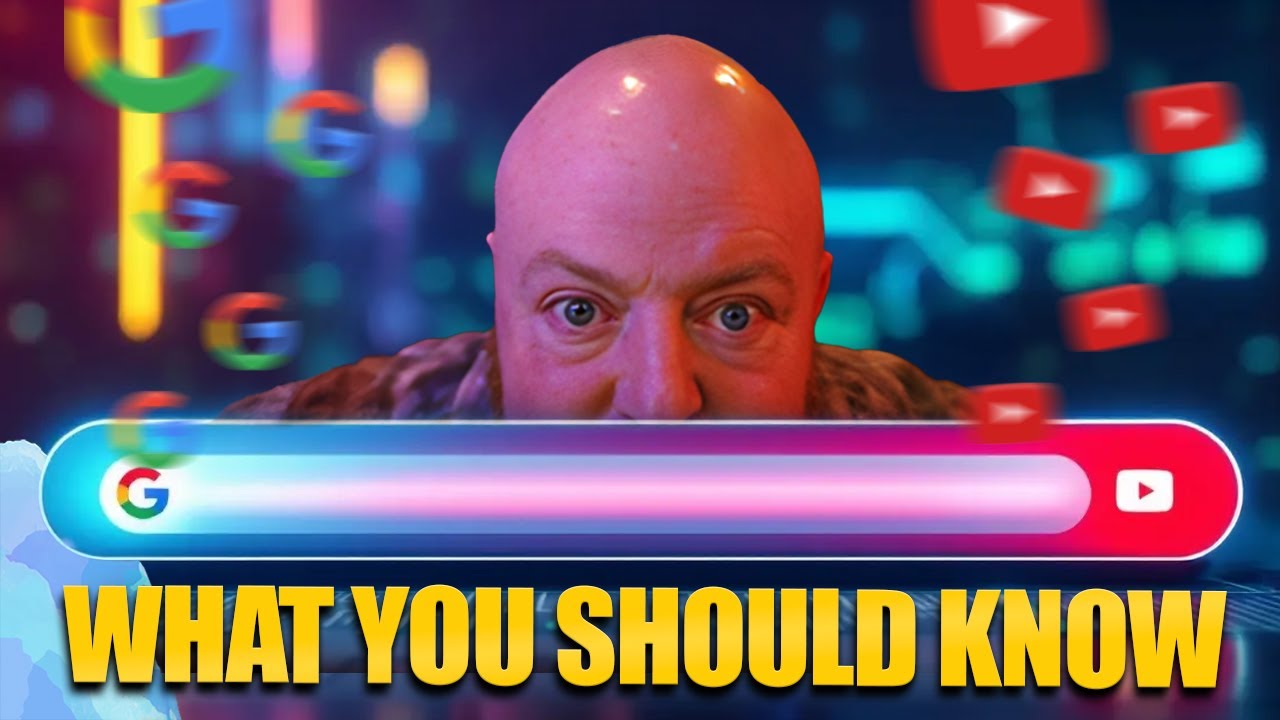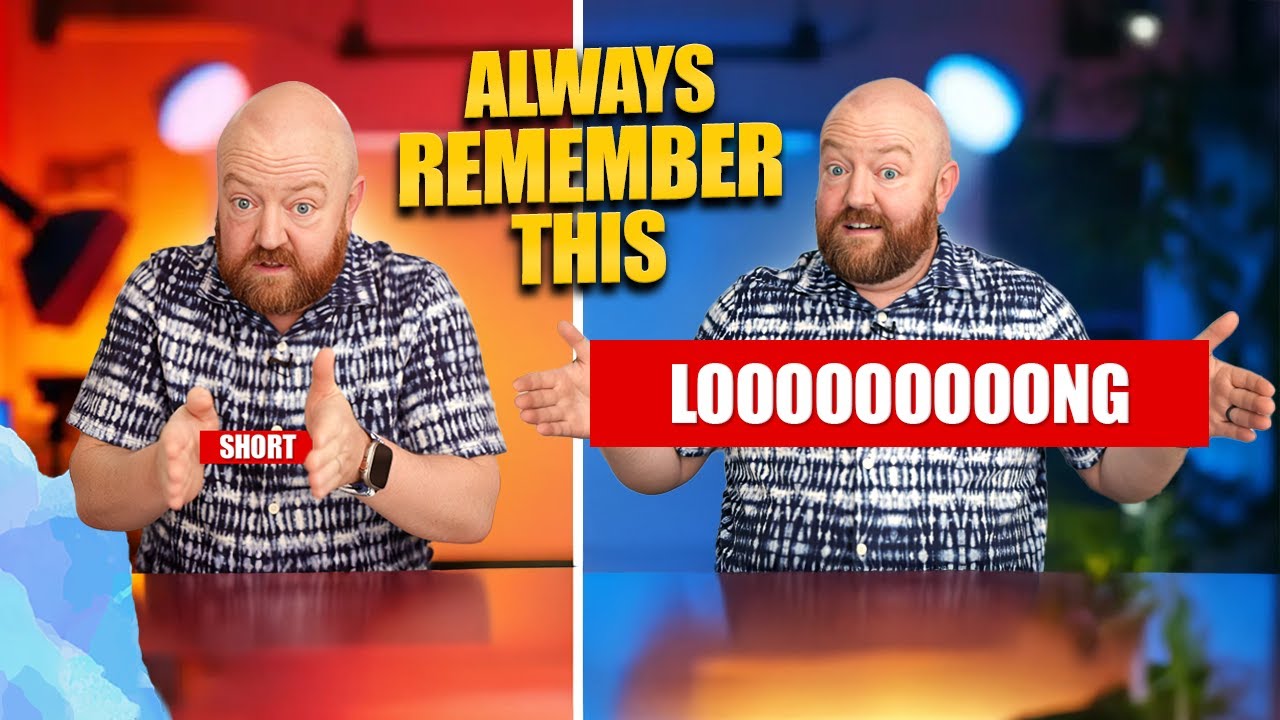Are you ready to boost your YouTube SEO? If you’re frustrated by the advice and tools that don’t seem to deliver, you’re not alone. Here, I’ll walk you through a more effective way to optimize your YouTube SEO so you can rank higher and reach the audience that matters to your business.
Why Traditional SEO Tools Aren’t Enough
Many people turn to popular tools like VidIQ or TubeBuddy for SEO advice. However, these tools often focus on scoring metrics that don’t directly impact how well your video ranks. For example, they might suggest adding keywords to improve your “score,” but this doesn’t necessarily help you climb to the top of search results.
Instead of focusing on scores, I’ll show you how to achieve real, measurable improvement in your rankings.
The Leaf Strategy: A Better Way to Rank on YouTube
Let’s start with keyword research. This is the foundation of effective YouTube SEO. I use what I call the “Leaf Strategy,” a method that organizes keywords into targeted groups, or “branches.” Here’s an example to illustrate.
In my work with Noel Randall, a real estate expert, I grouped her content ideas by themes, or branches. For instance, we created one branch around questions with “real estate investor find” and another around “real estate investor become.” Within each branch, we listed specific, commonly searched questions—what I call “leaf titles.”
Grouping content this way helped Noel quickly identify which topics aligned with her target audience. It also revealed where she could dominate the search results by consistently answering the questions her viewers were asking.
Finding Your Target Audience with Keyword Branches
Once we grouped Noel’s keywords into branches, she was able to see at a glance which topics resonated with her target audience. Rather than filming videos that answered every question under the sun, she could focus on the branch that aligned best with her expertise and audience.
We tracked her rankings regularly, checking if her videos appeared in YouTube’s top results. Over time, her visibility grew from a couple of rankings in February to nearly full dominance of her target branch by July.
Moving Beyond Scores: The Problem with VidIQ and TubeBuddy
When you rely solely on tools like VidIQ or TubeBuddy, you’ll often receive low scores, even for videos that perform well in search. For instance, I worked with Nicholeen Peck, a parenting expert. Despite her video ranking at the top for the search term “how to discipline a child that lies and steals,” these tools still rated her SEO score as low.
So what’s the solution? Forget the scores and focus on creating content based on real audience searches and intent. This approach works much better than tweaking keywords to improve arbitrary metrics.
Starting SEO with the Right Title
One of the biggest mistakes people make on YouTube is creating a video and then trying to come up with an SEO-friendly title afterward. If you want to maximize your ranking potential, start with the title. Find questions your audience is already asking—these become your titles. Film the video around that specific question, then post it with that title.
By aligning your video titles directly with your audience’s questions, you increase the likelihood of showing up in searches. This method doesn’t just improve your SEO—it creates more engaging content that resonates with viewers.
Take Your SEO to the Next Level
To truly elevate your YouTube SEO, dive into my detailed tutorial on the Leaf Strategy. I walk you through how to group keywords into branches and choose titles that will help your videos rank at the top. Check out my next episode, YouTube SEO: The Leaf Strategy, for the full breakdown.
With the right strategy, improving your YouTube SEO becomes clear and actionable. Forget the scores and focus on real results—your business will thank you.





